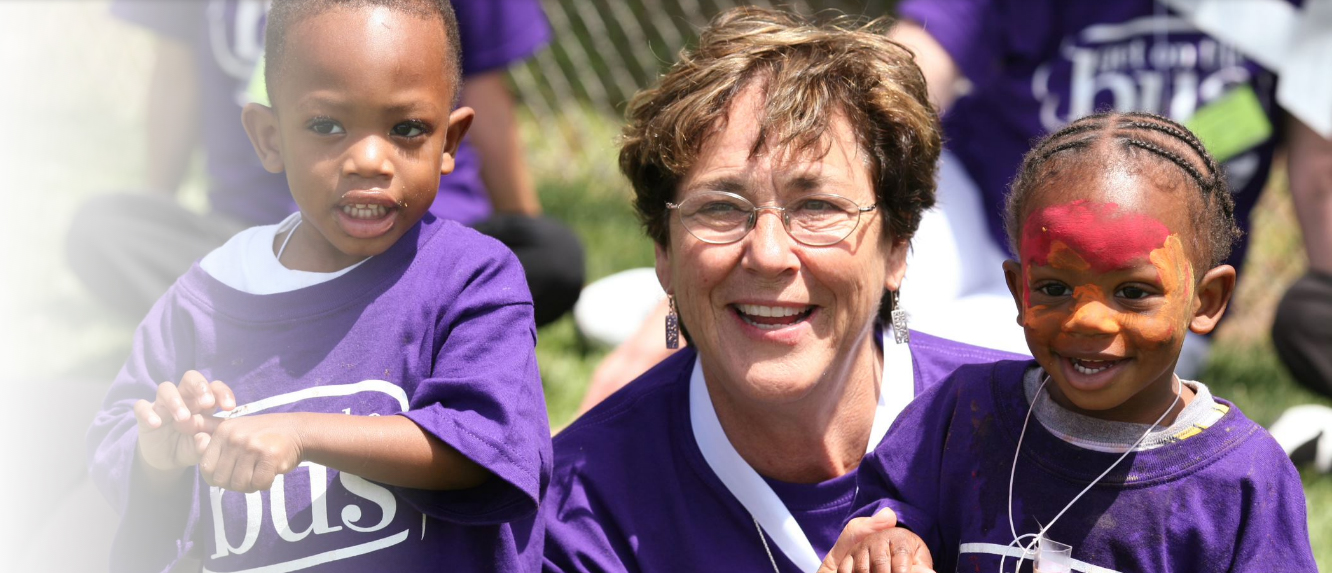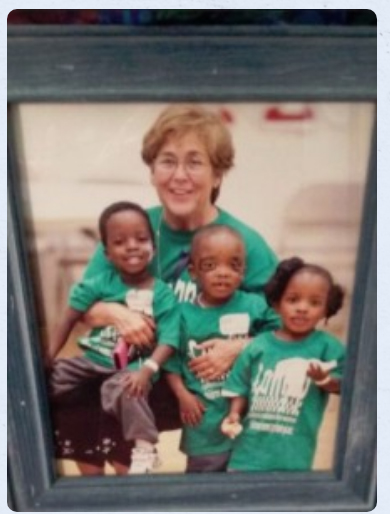
Get On The Bus

History
In 1998, Women and Criminal Justice, a group of activists concerned with the plight of women in prison, formed a delegation of representatives from churches and faith-based organizations from across the state to visit women living at the prison. The purpose of the delegation was to listen and learn in order to surface the needs from the women themselves in order to allow future action to evolve from the grassroots. During the visit, prisoners and delegates sat side-by-side in a large circle as the women shared their stories and struggles. Time and time again, the women expressed that their greatest source of sadness and anxiety was the separation from their children. Most reported that they had not seen their children since they had been sentenced. For some, it had been over five years: five years of missed birthdays; five years of growth and change; five years of children living without their mothers.
Following the delegation, Women and Criminal Justice immediately began approaching prison officials and families to find out why children weren’t brought for visits. What they quickly discovered was that family separation was not created by a lack of will, but instead by a lack of resources, and the location of prisons far away from urban centers. Families simply could not afford to visit their mothers.
The leaders of Women In Criminal Justice realized it was time
to find some wheels.

Sr. Suzanne and children from one of the 1st families of Get On The Bus, 1999.
Providing transportation is an important service to alleviate separation, but we would prefer change in sentencing laws that would eliminate mandatory minimum sentences for non-violent offenses and create community-based alternatives to incarceration for women with dependent children. By demonstrating the devastating social and economic circumstances that result when families are torn apart by incarceration, Get On The Bus serves as a key point of entry for education, activism, and collaboration. If hundreds of individuals can work together to fund and fill buses with children, then those same individuals can be inspired and empowered to work together to create a powerful voice for reform.





